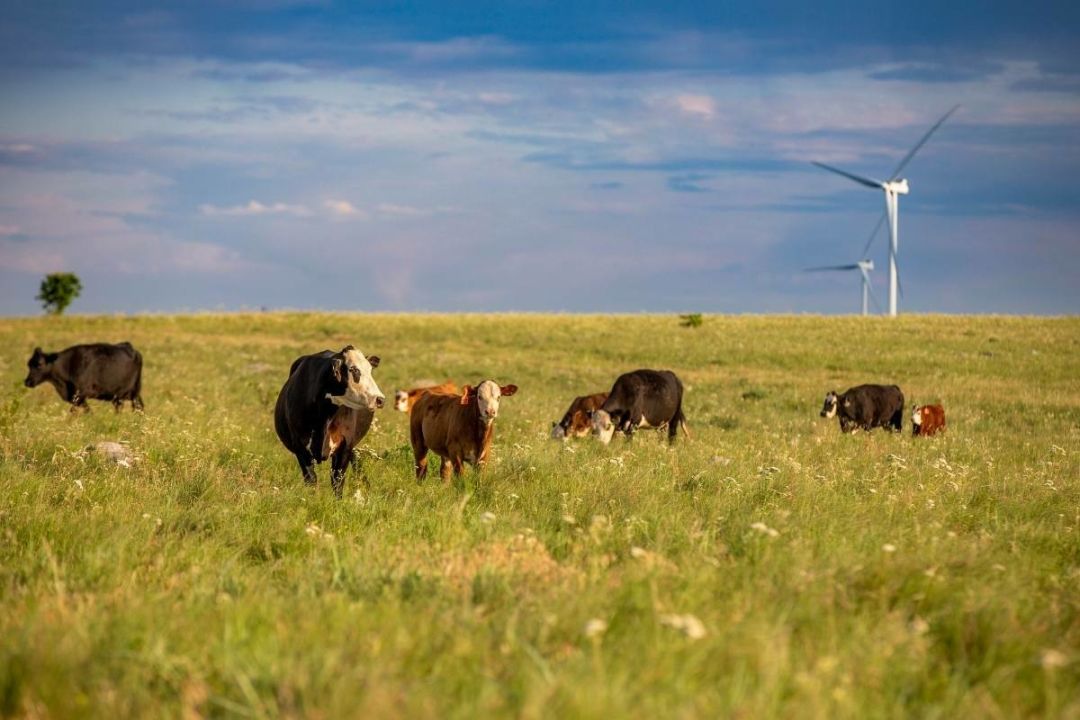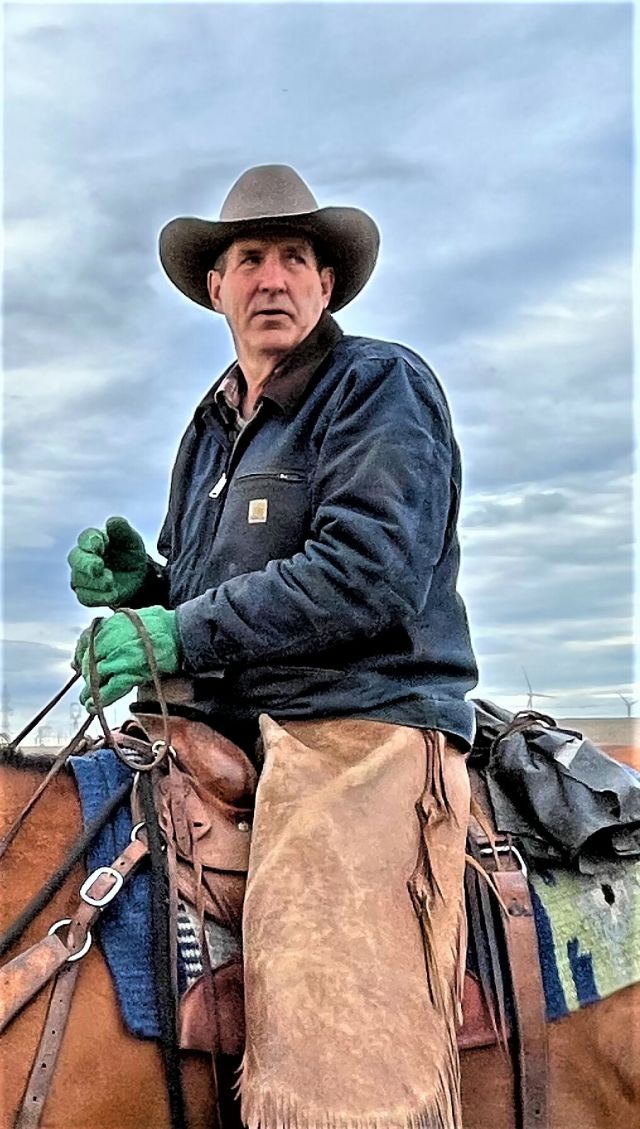Sustainable Methods for High Quality Meat

Pacific Northwest residents eagerly await the longer days of summer to begin, where they can pack up their raincoats, soak up the sun, and light the grill for summer barbecues. After months of being inside, the sound – and smell – of sizzling beef on the grill is one of the most wonderful parts of the season.
But, before you sink your teeth into a delicious bite of beef, it is important to remember where it came from and the amazing work that went into raising the cattle. Cattle ranches around Oregon are using sustainable methods to bring the highest quality meat to tables around the state – and country.

Tending the Land
Of all the beef farms and ranches across the country, 90% are family-owned and operated. This allows for a deep connection to the land and a commitment to cultivating it with loving care and great attention to detail. Research[1] also shows that about one-third of pastures and rangelands in the United States is not suitable for growing food crops but are ideal for raising cattle. This is a sustainable way to use the land for the greater good.
Skye Krebs, the third-generation owner of Krebs Sheep Company, explains that his family-owned cattle and sheep ranch in Gilliam and Wallowa counties of northeastern Oregon has more than a century of experience tending the rangeland. Learning how to properly care for this land is the first step to sustainability, because, without that, the cattle simply don’t have quality ground to feed on.
“In order to maintain a family economic unit that will last from generation to generation, the land must be cared for,” he said. “To us, that means sustainability. The land is meant to be managed: weeds, wildfire, insect invasions, and invasive species can wreak havoc. If we do not manage it, mother nature will. We are hands-on, boots on the ground, and we know this land better than anyone.”
Luckily, cattle grazing is a natural way to do all of that and more. The cattle keep weeds and invasive species at bay, increase moisture in the soil, and grazing removes underbrush that would act as fuel for wildfires.
Transforming Food Waste into Protein
Cattle herds love to graze on grass, but the cows are also some of the best composters in the world. They love consuming the things that humans won’t eat – like vegetable peelings or distiller grains – or simply can’t digest. In fact, approximately 90% of what cattle eat is forage and plant leftovers that people can’t eat and would otherwise go to waste. A cow’s unique digestive system allows for this ‘upcycling’, which produces high-quality protein for the human food supply.
Krebs explained, “Our animals are always on the move, whether that is on our own ground or grazing aftermath fields on nearby croplands. They are busy turning plant roughage into protein.”
As our Earth grapples with climate change and changes in the agricultural industry from year to year, the production of top-quality beef requires patience and a commitment to continuous improvement and innovation. One thing is for certain: cattle ranchers are working hard to feed a growing population through sustainable practices that care for the land and conserve water. So, as you plan your summer grilling menu this year, you can be confident that the beef you’re eating has been raised with the utmost dedication of cattle ranchers in your own backyard.
“We take pride not only the quality of our beef but also in the land that we use to sustain our herd,” shared Krebs. “No one can predict the future, but we are resilient – just like the generations before us who made it through world wars, depressions, economic downturns, pandemics, and other weather-related events. We are still here using the same land for the same purpose. That’s sustainability.”
[1] USDA-ERS, 2021a; Broocks et al., 2017a
